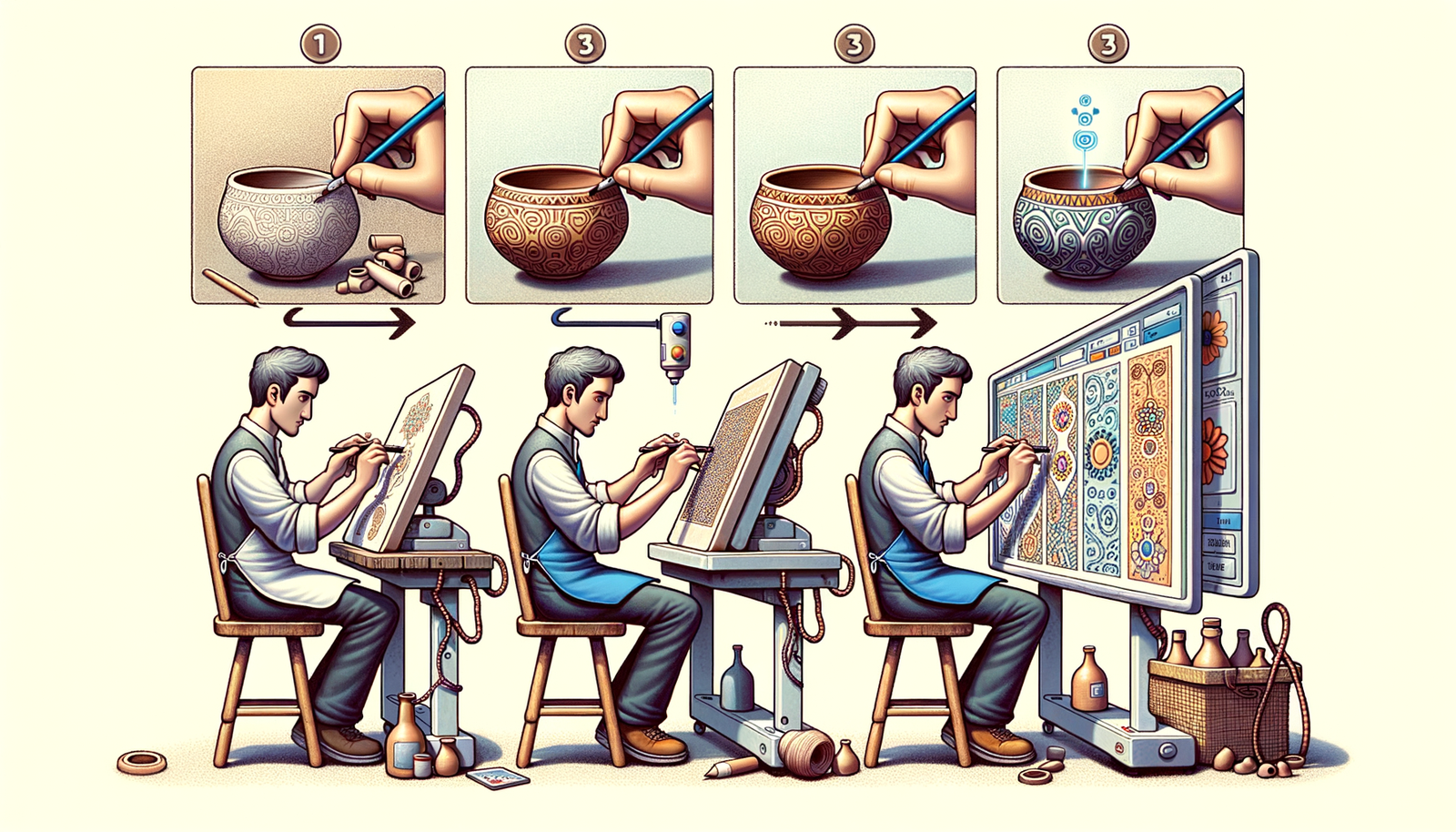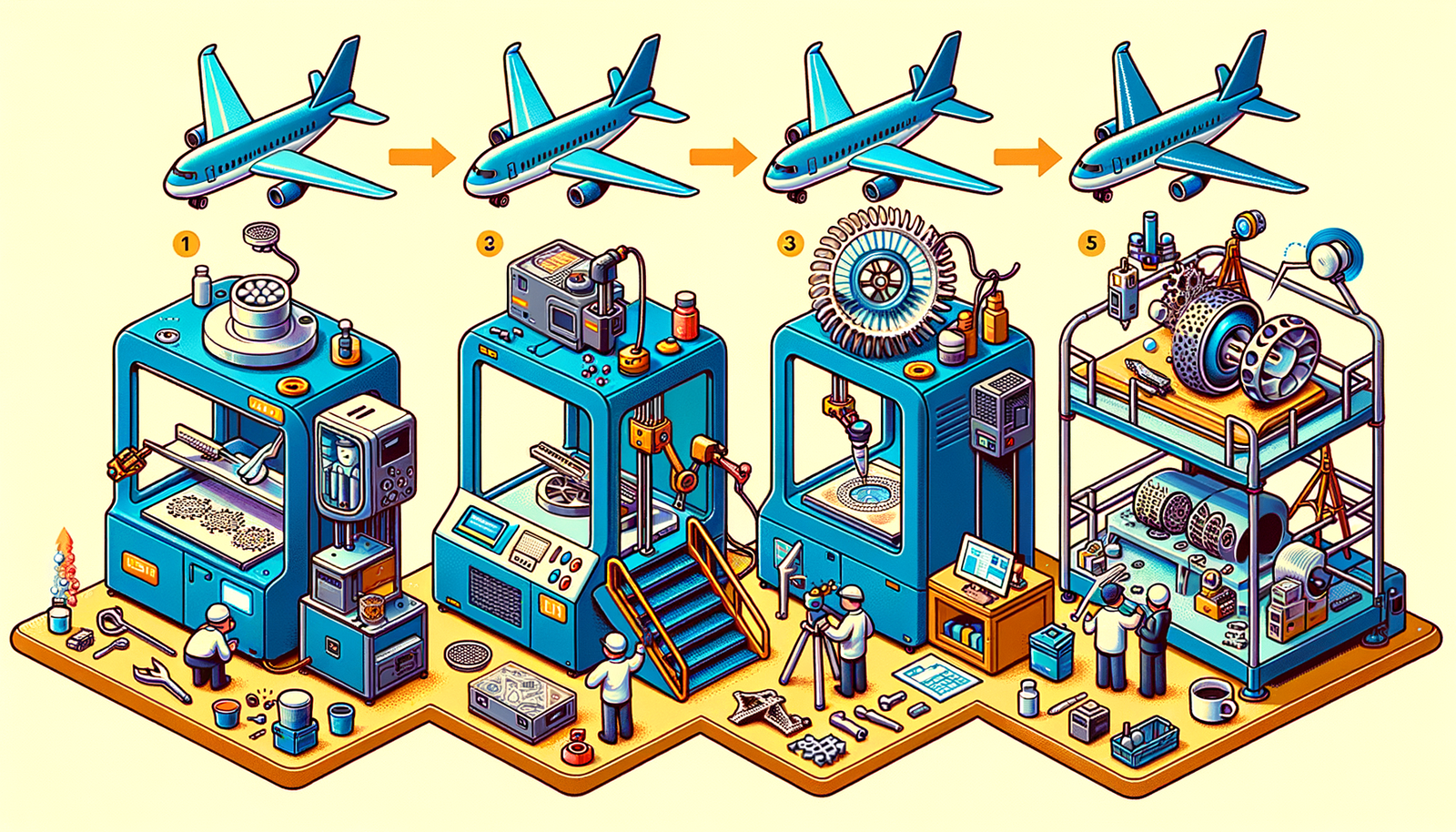Your Cart is Empty
Customer Testimonials
-
"Great customer service. The folks at Novedge were super helpful in navigating a somewhat complicated order including software upgrades and serial numbers in various stages of inactivity. They were friendly and helpful throughout the process.."
Ruben Ruckmark
"Quick & very helpful. We have been using Novedge for years and are very happy with their quick service when we need to make a purchase and excellent support resolving any issues."
Will Woodson
"Scott is the best. He reminds me about subscriptions dates, guides me in the correct direction for updates. He always responds promptly to me. He is literally the reason I continue to work with Novedge and will do so in the future."
Edward Mchugh
"Calvin Lok is “the man”. After my purchase of Sketchup 2021, he called me and provided step-by-step instructions to ease me through difficulties I was having with the setup of my new software."
Mike Borzage
Design Software History: Impact of Artificial Intelligence on the Evolution of Design Customization
August 12, 2024 4 min read


Introduction to AI in Design Customization
Design customization has become a cornerstone in various industries, allowing for products to be tailored to individual preferences and needs. This customization spans from the automotive industry, where customers can choose specific features and finishes for their vehicles, to the fashion industry, where bespoke clothing and accessories are increasingly in demand. Historically, the process of customization was manual and limited by the capabilities of the craftsmen or designers involved. The advent of digital design tools and software in the late 20th century began to change this landscape, but it was the integration of artificial intelligence (AI) that truly revolutionized the field.
The emergence of AI in design customization has a rich history. Initially, AI applications in design were rudimentary, focusing on automating repetitive tasks and providing basic assistance in design processes. Over time, with advancements in machine learning, deep learning, and other AI technologies, the scope and capability of AI in design have expanded dramatically. Today, AI enables designers to create more complex and personalized products at an unprecedented scale.
AI Technologies Transforming Design Customization
Machine Learning and Deep Learning
Machine learning (ML) and deep learning (DL) are subfields of AI that have played a crucial role in transforming design customization. Machine learning involves training algorithms on large datasets to identify patterns and make predictions or decisions without explicit programming. Deep learning, a subset of machine learning, utilizes neural networks with many layers to analyze data with high complexity.
These technologies enable highly sophisticated customization options. For example, companies like Adobe and Autodesk leverage machine learning algorithms to offer tools that recommend design elements based on user preferences and historical data. Deep learning further allows these systems to understand and adapt to intricate design requirements, making the customization process more intuitive and efficient.
Generative Design
Generative design is an AI-driven process that uses algorithms to generate a wide range of design solutions based on specified parameters. Unlike traditional design methods that start with a single concept and iterate from there, generative design explores multiple possibilities simultaneously, offering innovative solutions that may not be immediately apparent to human designers.
Tools like Autodesk's Dreamcatcher have pioneered this field, allowing designers to input constraints such as materials, manufacturing methods, and performance criteria. The system then generates numerous design alternatives that meet these criteria, enabling highly tailored solutions. Key figures in this domain, such as Mark Davis, have significantly contributed to advancing generative design principles and tools.
Natural Language Processing (NLP)
Natural Language Processing (NLP) is another AI technology that has transformed design customization by enabling more intuitive user interfaces. NLP allows systems to understand and interpret human language, whether spoken or written. This capability is particularly useful in design software, where users can describe their requirements in natural language and receive customized design solutions.
Examples of NLP in design customization include voice-activated design tools and text-based interfaces. These systems can interpret complex instructions and preferences, making the customization process more accessible to users who may not have technical design skills.
Key Applications and Impact Areas
Product Design and Manufacturing
AI-driven customization has had a profound impact on product design and manufacturing. In the automotive industry, companies like Tesla use AI to offer personalized vehicle configurations, optimizing everything from interior features to performance specifications. Similarly, in the aerospace sector, companies such as Boeing utilize AI to tailor aircraft components for specific performance needs.
The consumer goods industry is also leveraging AI for customization. Companies like Nike use AI to provide personalized athletic wear, ensuring that each product meets the unique needs of the individual customer. These advancements have not only enhanced customer satisfaction but also streamlined manufacturing processes.
Fashion and Apparel
The fashion industry has seen a significant transformation with the integration of AI in design customization. AI enables fashion brands to offer personalized clothing and accessories, catering to the specific tastes and preferences of individual customers. Platforms like True Fit and Stitch Fix use AI algorithms to recommend styles and fits based on user data, creating a bespoke shopping experience.
Architectural and Interior Design
AI applications in architectural and interior design have revolutionized the way living and working spaces are customized. Tools like Katerra and Spacemaker allow users to tailor architectural elements to their specific needs and preferences. AI-driven platforms can analyze spatial data and user requirements to suggest optimal design solutions, making the process more efficient and personalized.
User Experience and Interface Design
AI-driven personalization has also impacted user experience (UX) and interface design. Companies like Google and Facebook use AI to create personalized user interfaces that adapt to individual preferences and behaviors. This customization enhances user engagement and satisfaction by providing a more intuitive and tailored digital experience.
Challenges and Future Directions
Technical and Ethical Challenges
Despite the numerous benefits of AI-driven customization, several technical and ethical challenges need to be addressed. Data privacy and security are major concerns, as AI systems often require access to large amounts of personal data to function effectively. Ensuring that this data is protected and used ethically is crucial.
Additionally, the potential for bias in AI algorithms raises ethical considerations. Automated decision-making processes must be transparent and fair to avoid perpetuating existing biases or creating new ones.
Future Trends
Looking ahead, several emerging technologies are poised to further impact design customization. Quantum computing, for example, holds the potential to solve complex optimization problems at unprecedented speeds, enabling even more sophisticated and personalized design solutions. Advanced robotics and automation technologies will also play a crucial role in enhancing manufacturing processes and efficiency.
Over the next decade, we can expect AI to continue evolving, offering new capabilities and transforming the role of designers in the customization process. The integration of AI will enable designers to focus on more creative and strategic aspects of their work, leveraging AI tools to handle repetitive and data-intensive tasks.
Conclusion
The transformative effects of AI on design customization are undeniable. From enabling highly personalized products to streamlining manufacturing processes, AI has revolutionized the way we approach design. As we move forward, the evolving role of designers in an AI-enhanced environment will continue to shape the future of customization, driving innovation and creativity in unprecedented ways.
References and Further Reading
Also in Design News

Design Software History: The Evolution of 3D Printing in Aerospace: From Prototyping to Production
November 27, 2024 7 min read
Read More
Cinema 4D Tip: Optimizing Workflow with Team Render in Cinema 4D
November 27, 2024 2 min read
Read MoreSubscribe
Sign up to get the latest on sales, new releases and more …



